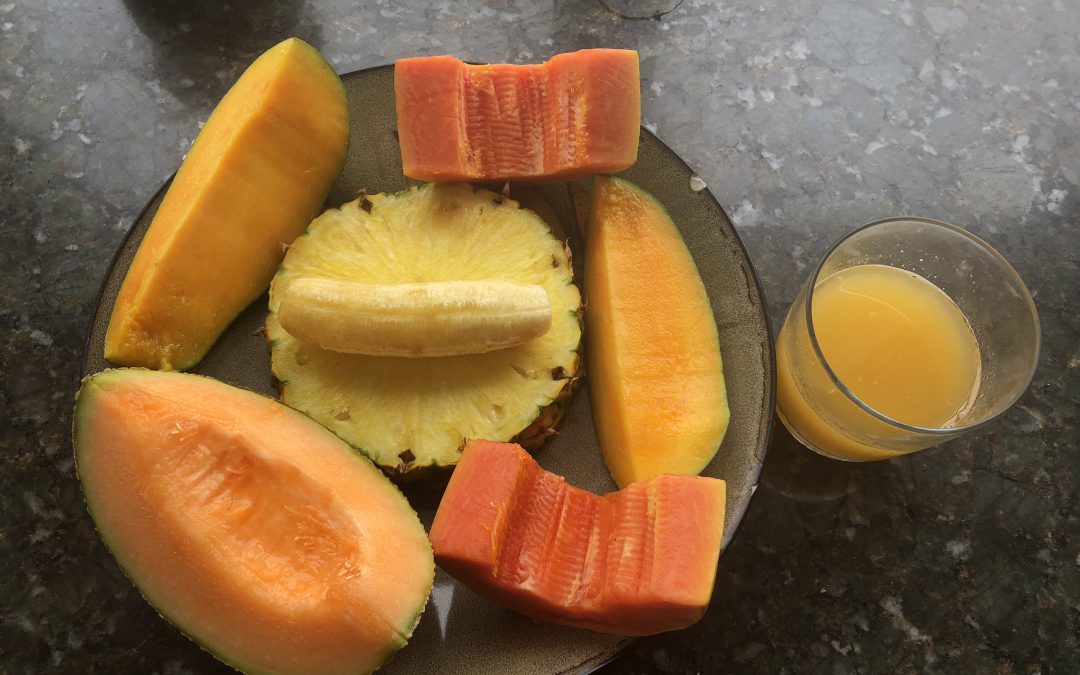
by awesomecoach2 | Jan 6, 2019 | News
July 2018, I traveled to the Nicoya Peninsula, the West Coast Costa Rican peninsula, via Puntarenas. People I spoke to before my journeys and along the way, were encouraging me to not plan on stopping there, “it’s the armpit of CR”, “it doesn’t have lively culture”, “is only for fishing and cruise tourists quick stop at beaches” and “is just a poor, dangerous place”, etc. So of course, being the global citizen I am, my aim was to gain my own perspective, so that is exactly where I wanted to go, to investigate my own experience. What a beautiful place, with energized people, unique challenges, and something to be discovered firsthand.
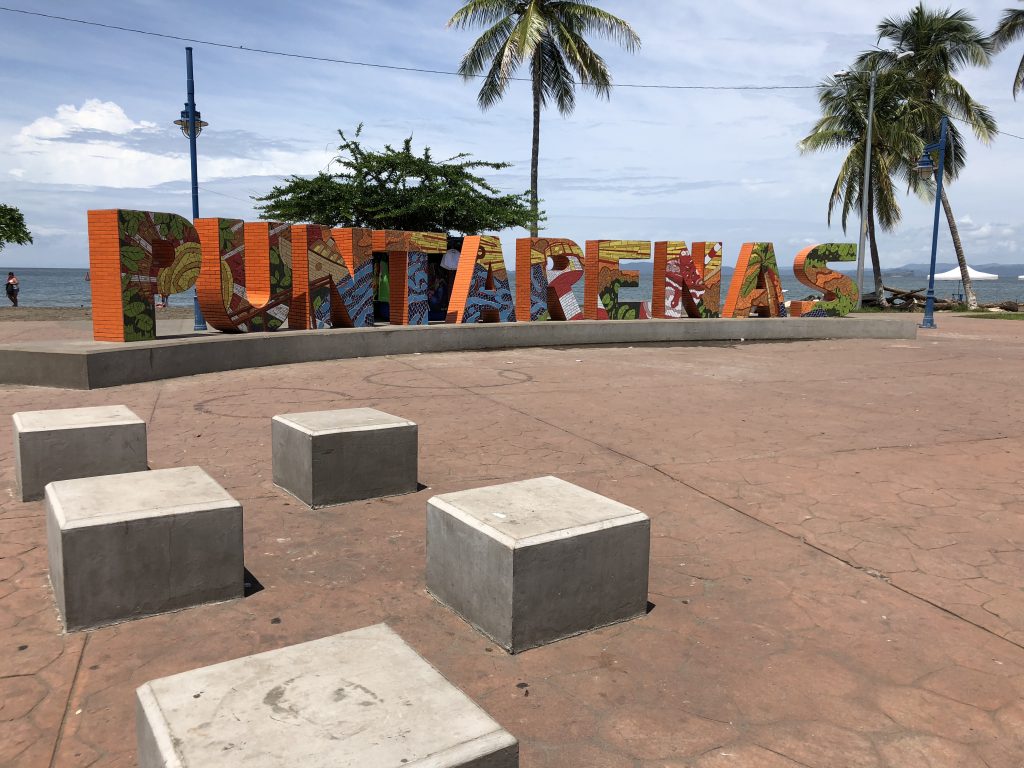
Puntarenas is a commercial fishing port that played a key part in the development of Costa Rica. The variety of vessels can be seen out on the many waterfront horizons. A popular type of boat I found for local fisherman and residents were like this one below:
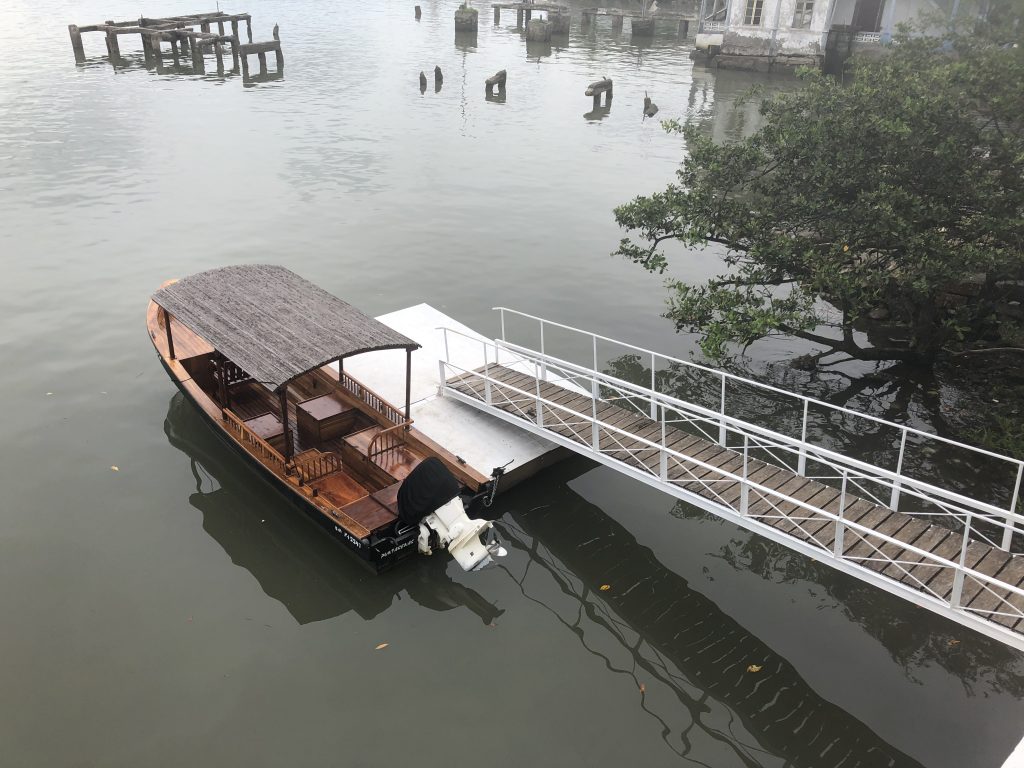
I got the opportunity to stay at a UN Heritage Site, and much like many places in Costa Rica, there are often no walls between the outside space and the inside living space. Puntarenas, by where it is located, gets a lot of wind off the ocean, so it is not uncommon to see the open concept. This was one of my favorite parts about this region of the country.
For those new to CR, this can be mind blowing, especially for Alaskas, as we make sure that every space that touches outside has either a screen or an arctic entry (a space to be before going all the way inside). I see CR as being almost opposite (as with other tropical locations). Its fascinating to be able to be “inside” and step “outside” without going through actual doors.
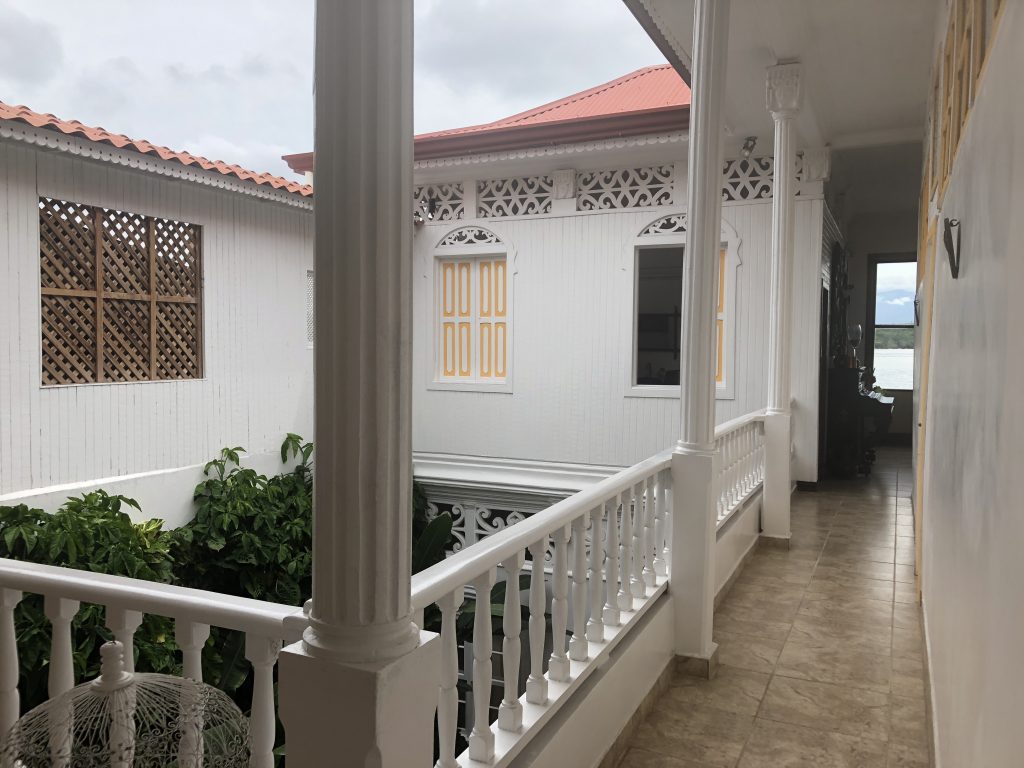
This picture here shows it even better where it seems, by Alaskan standards, there should be a wall between in the inside and outside.
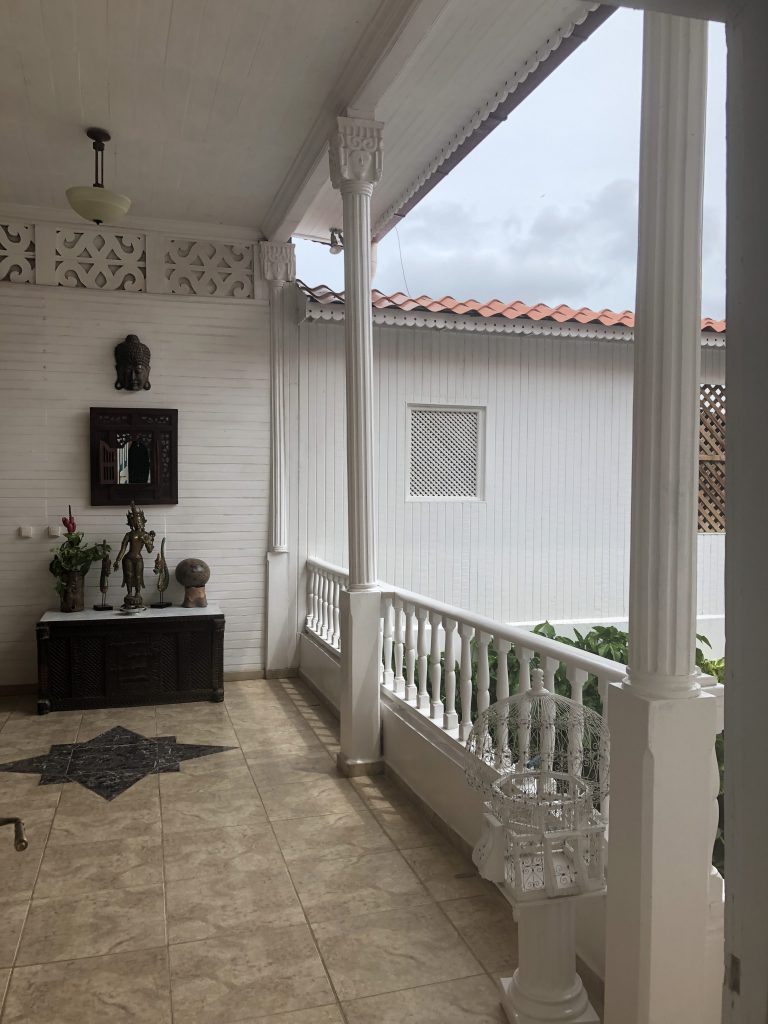
In the kitchen of this particular place I resided, there were mostly shutters and what appeared to be open windows (but with no way to close them…so, just window frames on the bottom row to the right). See straight ahead, all of that is open to the outside. This is mostly to allow for ventilation because it is a very humid place and most places (except tourist spots) do not have air conditioning. The wind IS your air conditioning.
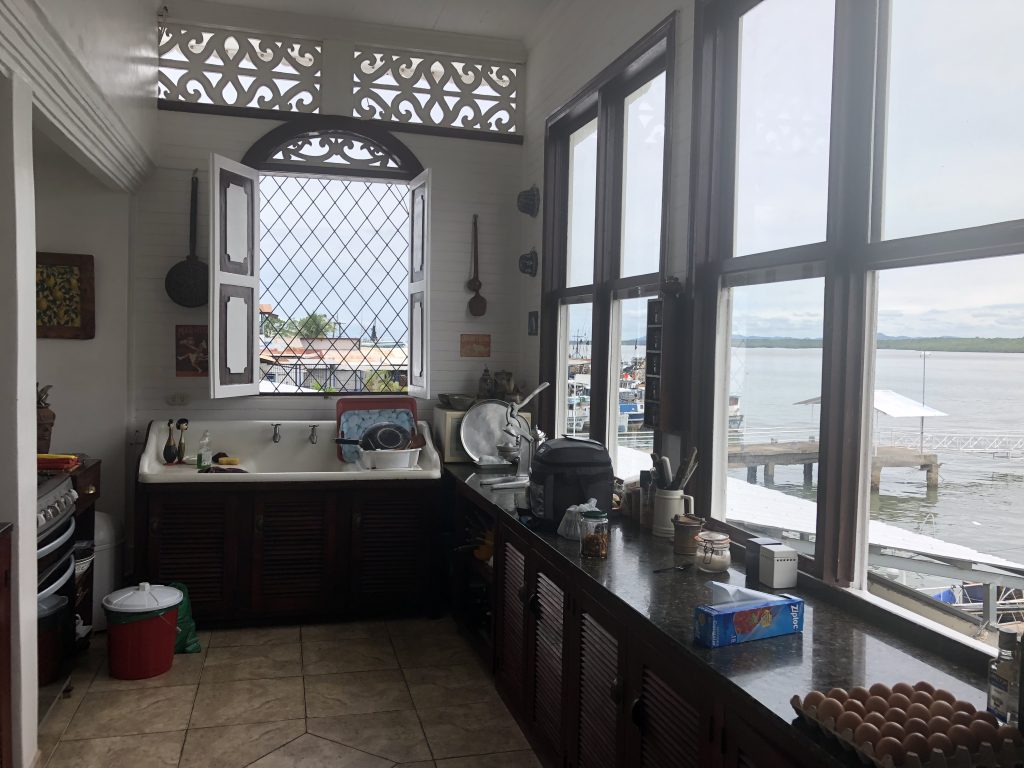
The same open air concept can be seen here in the bedroom at the ceiling. I was told that it isn’t often the shutters or doors are closed. In heavy rainfall, which I experienced here more than any other location (could be a fluke chance), I could feel the mist while laying in bed, and the sounds of the rain and thunder are deafening–which is an amazing experience I suggest everyone having at least once.
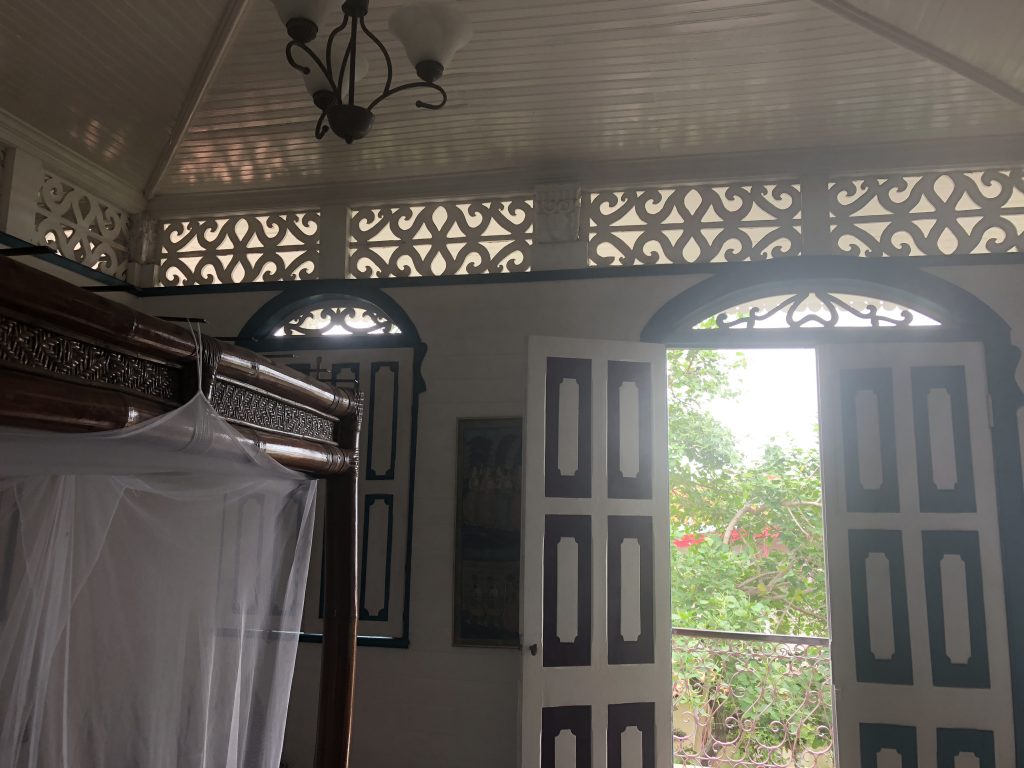
So what do the people of Puntarenas find enjoyment in, outside of sitting on the porch listening to thunder and watching lightening, you might ask? Beach soccer (and tournaments) are a major popular feature and wow, is it impressive to watch players bearfoot in the sand, scrambling for the ball. Naturally I inquire about the nature of being bearfoot, and was met with “why would they even consider wearing shoes…this makes them tough and better players.” I tried placing my feet in sand, to see how it felt, and last 5 seconds before I felt like they were on fire. This makes beach soccer even more incredibly impressive.
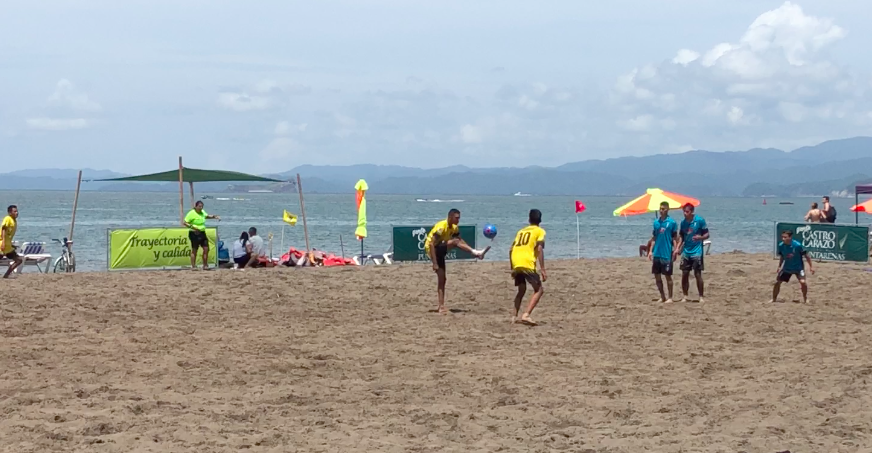
Fans would support soccer for full days, with vibrant and energetic cheering. I felt honored to be a part of it and engaged in several lively conversations with soccer fans.
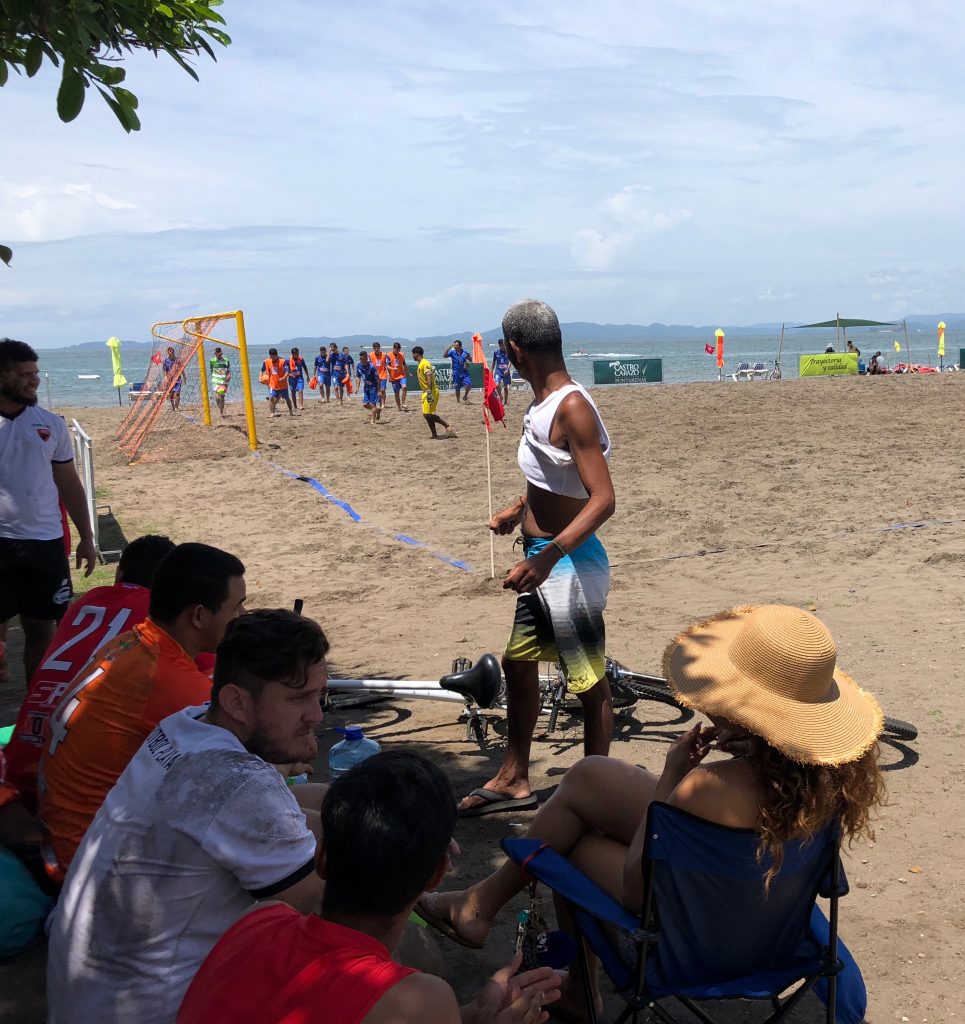
Those hot days in the sun, watching soccer or exploring the beaches, were met with many vendors offering refreshing drinks, like this popular one with flavor syrup and crushed ice. Notice how it slants down? That is so the vendor can pick it up and wheel it anywhere. Cool, huh?
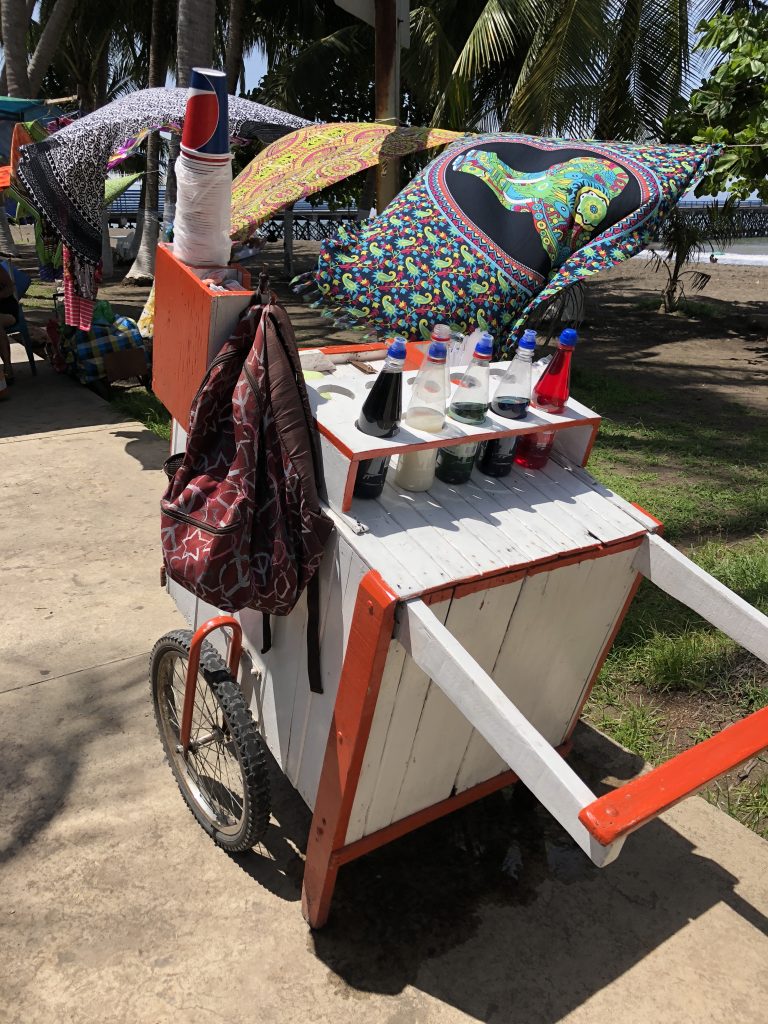
The Paquera ferry to cross the Gulf Of Nicoya was such an interesting experience. If I were to have guessed what the ferry ride was going to be like, based on my several previous experiences of ferry rides over my lifetime, I would have not been ready for the experience. But knowing not to ever judge a new experience based on previous happenings, I was ready for anything and boy did I get it! The decks and seating/dining areas were lively with people, many watching the World Cup Brazil soccer match, as though at a pub or party. There were a variety of specialty beverages available for adults and children, at a number of swanky locations, and the inside/outside deck boisted fantastically loud dancing/party music to energize the passengers. The music was so upbeat and catchy that I found myself hitting Shazam on my phone often, and even audio recording on my phone when I couldn’t figure out who it was (to investigate more later). There were even people dancing and laying out in the sun, much like I would expect on a cruise (which I haven’t been on). From the outside, the ferry looked much different as well: functional and simple. Just goes to show you can’t judge a book by the cover.
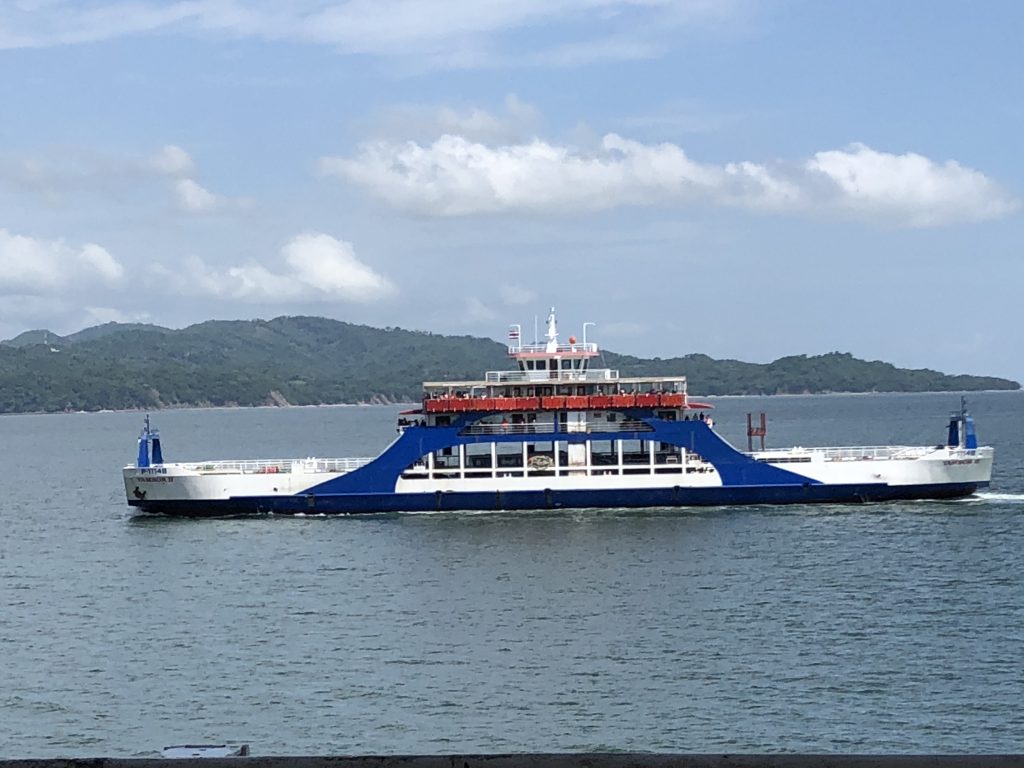
Overall, there were experiences and explorations I found in Puntarenas that I didn’t expect to have, which goes to show that it’s important to explore at every opportunity, regardless of what other people say. Make your own perspective.
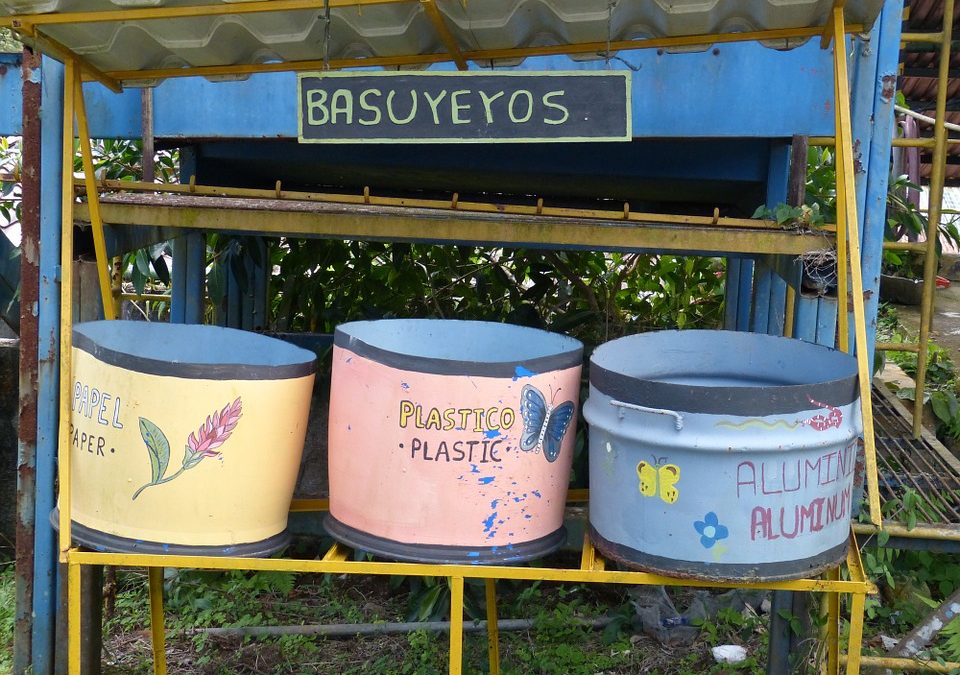
by awesomecoach2 | Jan 6, 2019 | News
Finding the nuances of various locations is one of my favorite parts of being a global citizen, as it often makes me think of things I see everyday but pay little attention. I’m keen to noticing these unique elements when I travel. Finding avocado vendors and carts in a variety of places is a prime example. To me it seems so cool and anomalous that people make their living as an avocado vendor. So, I thought it was that easy. After talking with street vendors in a variety of locations, I learned of the issues surrounding this single seeded fruit. One vendor mentioned that many people sell avocados that are Mexican avocados smuggled through the CR and Panama border, but if they are found selling them, there is a big penalty.
So, what’s with the avocados?
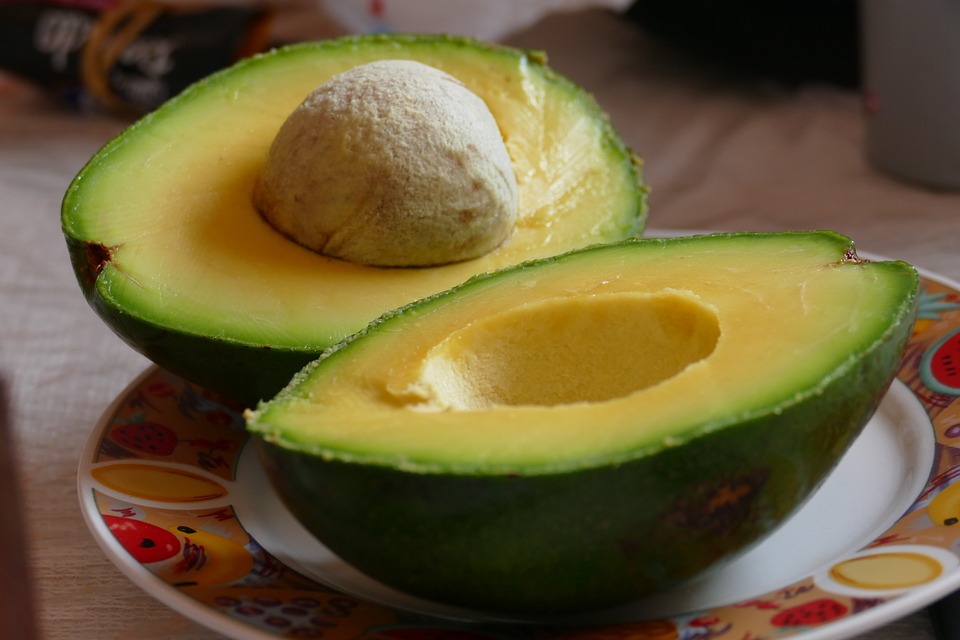
Unbeknownst to me initially, there is an outstanding World Trade Organization lawsuit brought by Mexico against Costa Rica, because CR government created strenuous regulations for legal importation, creating a major decline in the avocado trade between Mexico and CR. The reason the CR government decided to create these regulations? In 2014, they began to see agricultural “sunspot disease” tested positive in the imported avocados. They wanted to protect their agricultural growth. Costa Rica will only import avocados from Mexico IF they can show a certificate that they are free of disease, and areas that have the disease. As a result, CR began importing avocados from Peru, which have a very different look, are larger, and some say, have less attractive flavor, along with a much higher price tag. I asked a few vendors why CR doesn’t grow avocados, and got a lot of theories. A few common ones had to do with the challenges to growing this fruit without heavy chemical/pesticide use and diseases the plant can get and spread to other CR plants native to the country. Interesting how one cart, one picture, one experience can lead to learning so much about culture, relationships, and history. (Below these are the Peruvian avocados)
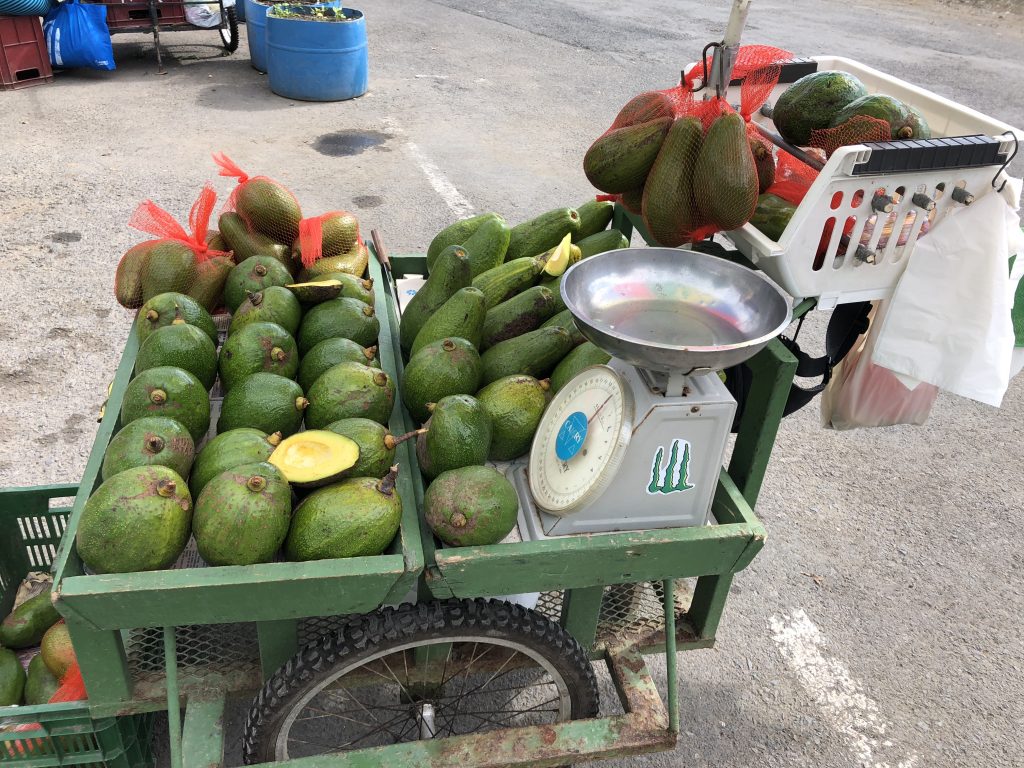
I did learn during my stay that CR has proclaimed to become the first single use plastic free country by 2021, in order to protect the mass amount of biodiversity it contains (6% of the world’s total biodiversity; this is massive considering it is such a small country). Naturally, this intriguing fact was part of the draw for me to investigate Costa Rica. Much like Alaska, and elsewhere I have traveled with a lot of coastal waters, plastic waste has overrun the once pristine and beautiful beaches. For example, see how picturesque this beach is below:
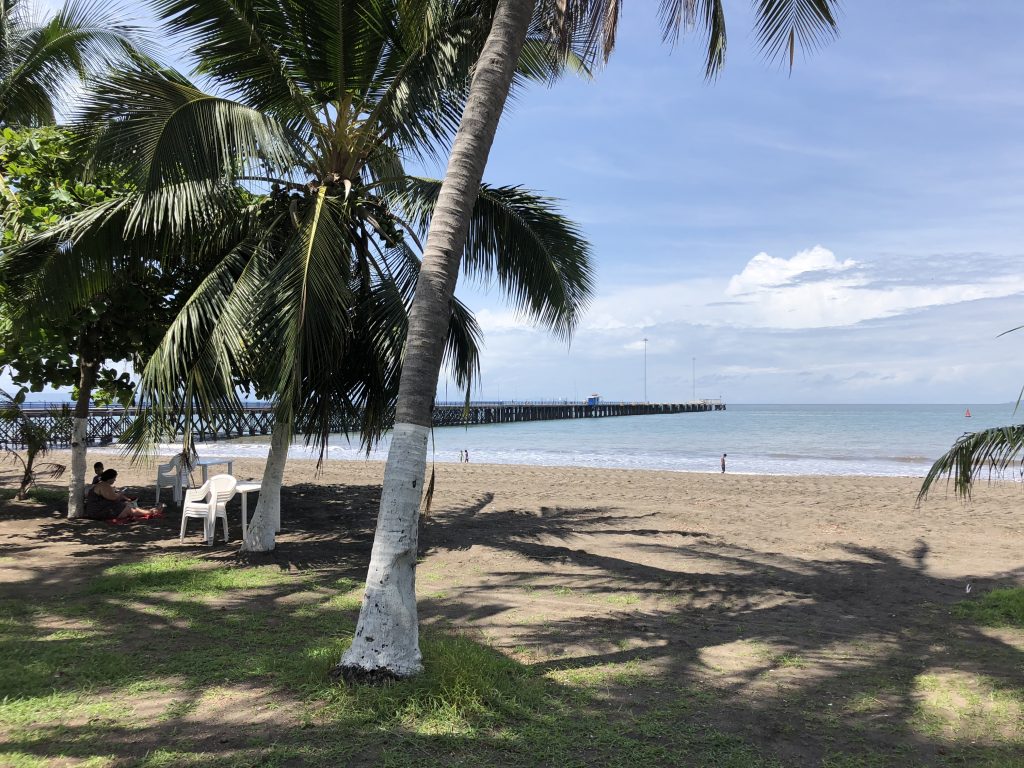
Stunning, right? It is exactly what I would imagine tropical beaches looking. Upon closer investigation, at several points, what is more often found is large amounts of plastic and commercial fishing waste (nets, lines, etc.) cluttering the rivers, beaches, and shorelines.
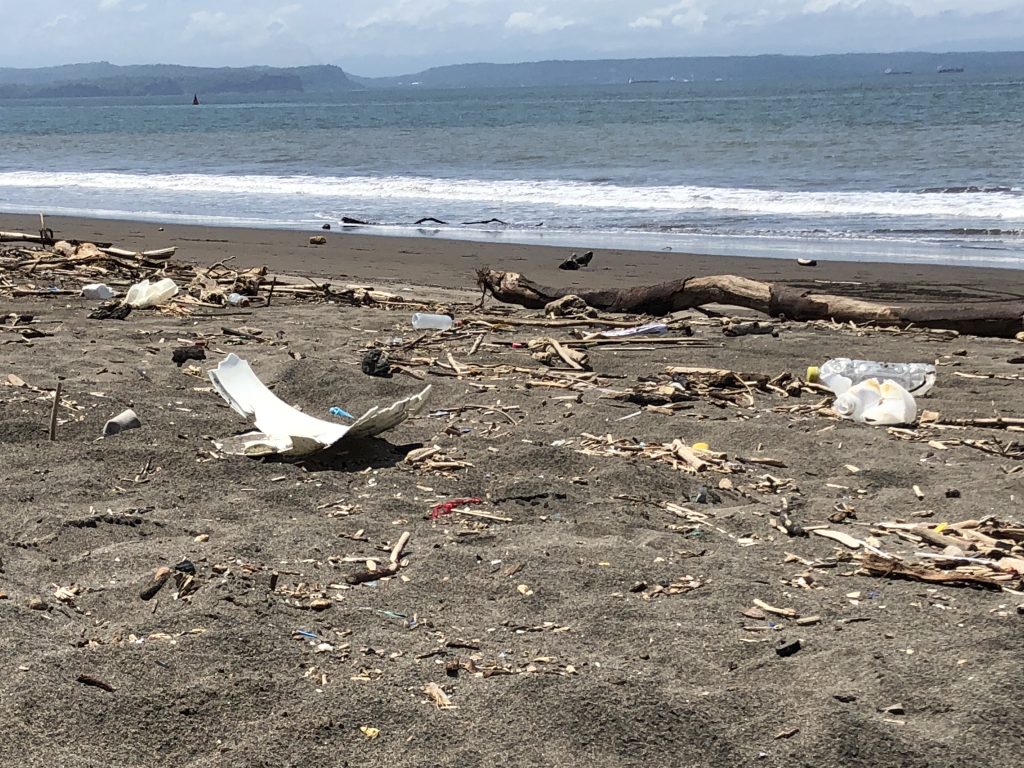
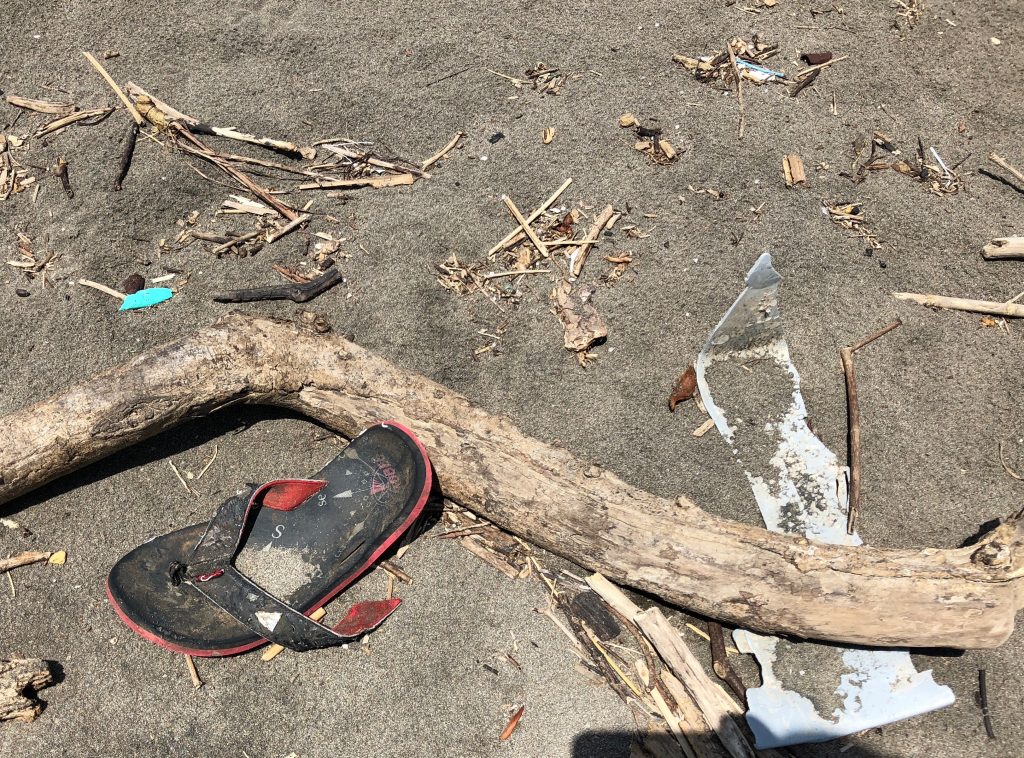
The Ellen MacArthur Foundation (go here for more info) predicted that by 2050 there will more plastic in the ocean than fish, and with Costa Rica acknowledging its main asset is its wildlife and nature, there needed to be a big push towards the removal of plastic in this small central American country. In 2009, the president of Costa Rica set out an extensive plan for creating a neutral carbon footprint. Find out more by going here. Looking at these images, creates a different sense of urgency of what it means to embrace and love the beaches.
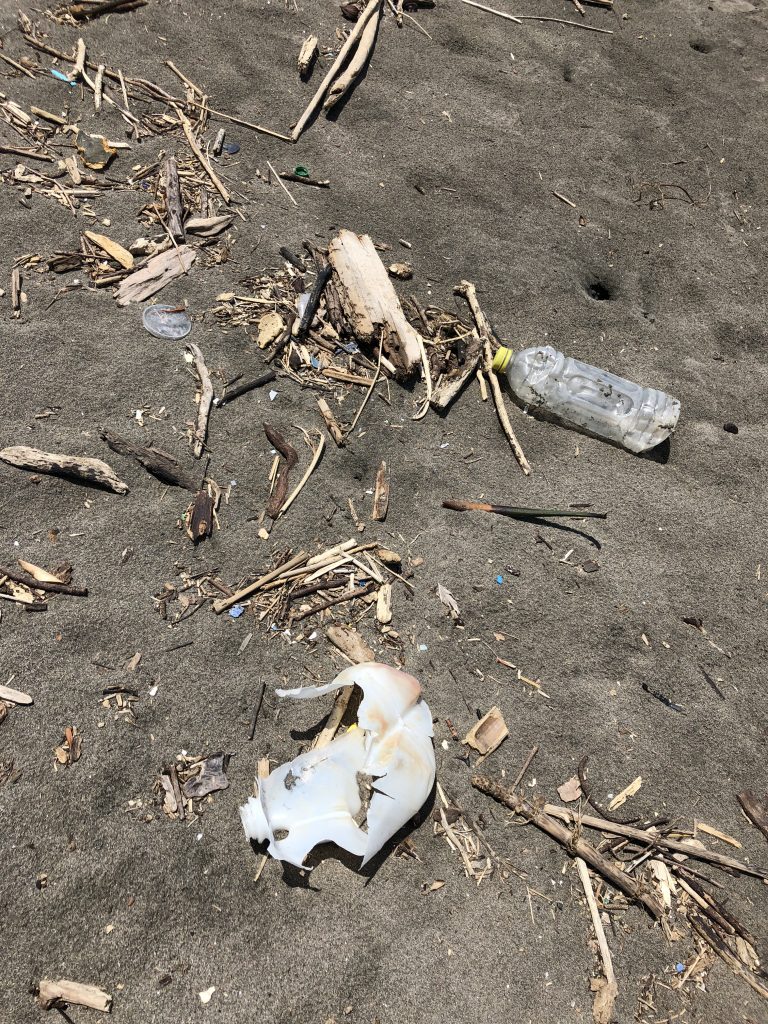
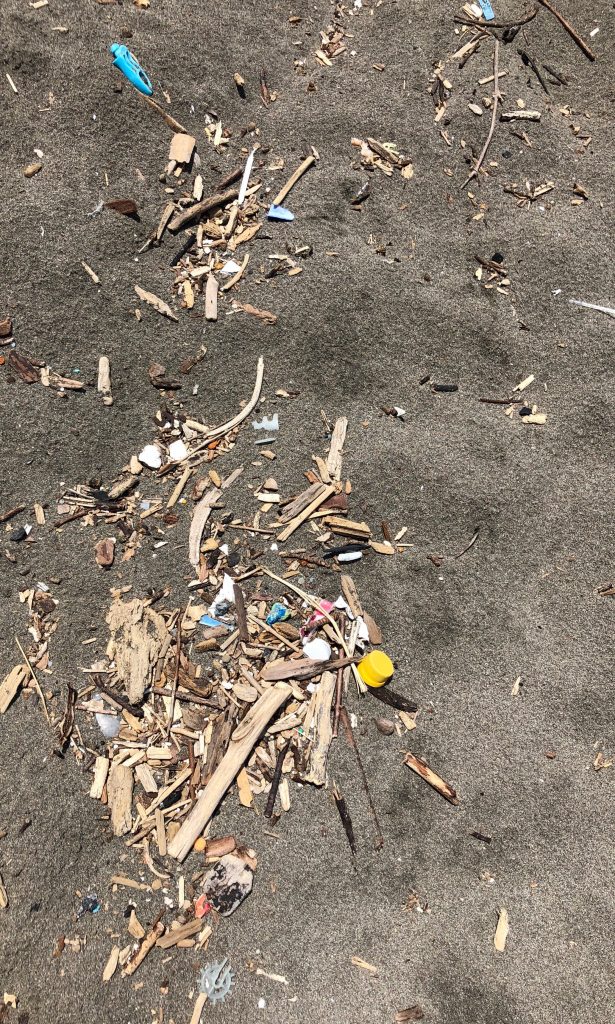
Working with Futuro Verde (click here for website) and local community organizations (ASVO), Cabo Blanco Conservation, Tambor Bay Turtles, Wild Sun Research center, among others, I learned of many challenges, opportunities, and projects focuses on creating a more sustainable and green Costa Rica, focused on preservation and living side by side with nature.
One of the challenges may come from what I have found in many of my travels, in the desire to have more of the luxuries found in the states, such as pizza and soda pop, there is more waste and plastic. Along my travels in CR, were many advertising signs such as these, showcasing a great deal on these “got to have” items. This sign shows the cost is $15.00 (USD) for an 8 slice pizza and 2.5 liter of soda, by currency exchange rates in December 2018. For people in CR, this is a costly meal, both economically, and in the waste produced.
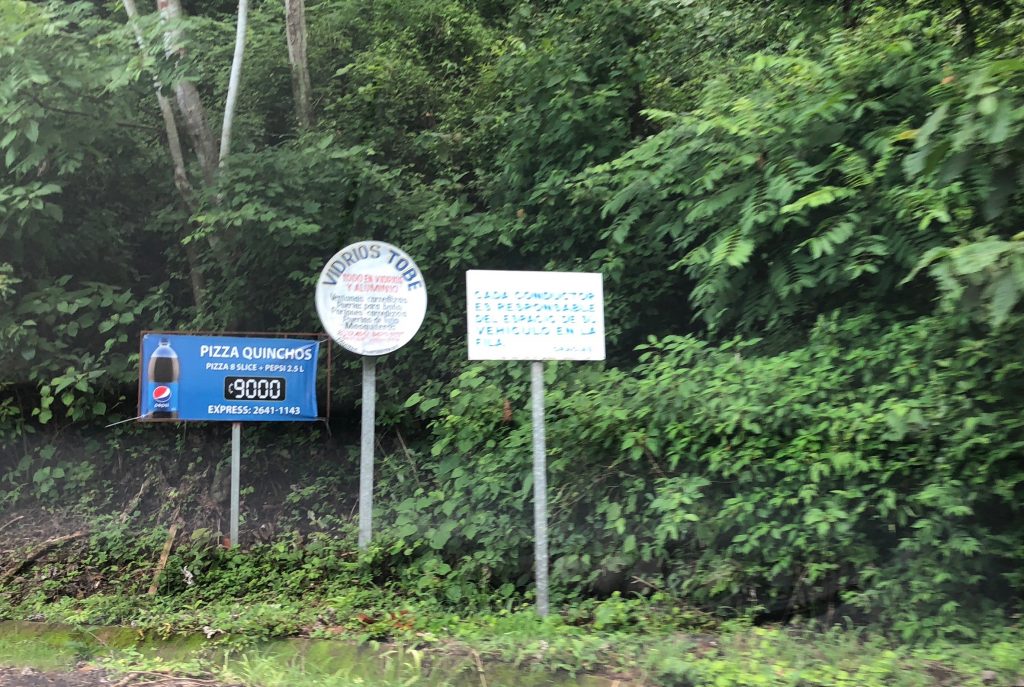
I wouldn’t have thought that avocados and plastic would have much to do with one another, but the more we learn about places in the world, in their challenges and opportunities, the more we see how what we do, and how we interact between countries of the world, are all connected. Kudos to Costa Rica for a major undertaking the world is watching. Of course there are challenges and road blocks, but a commitment to minimizing the carbon footprint is the first step, and one to support through learning and education, locally, and on a global scale.
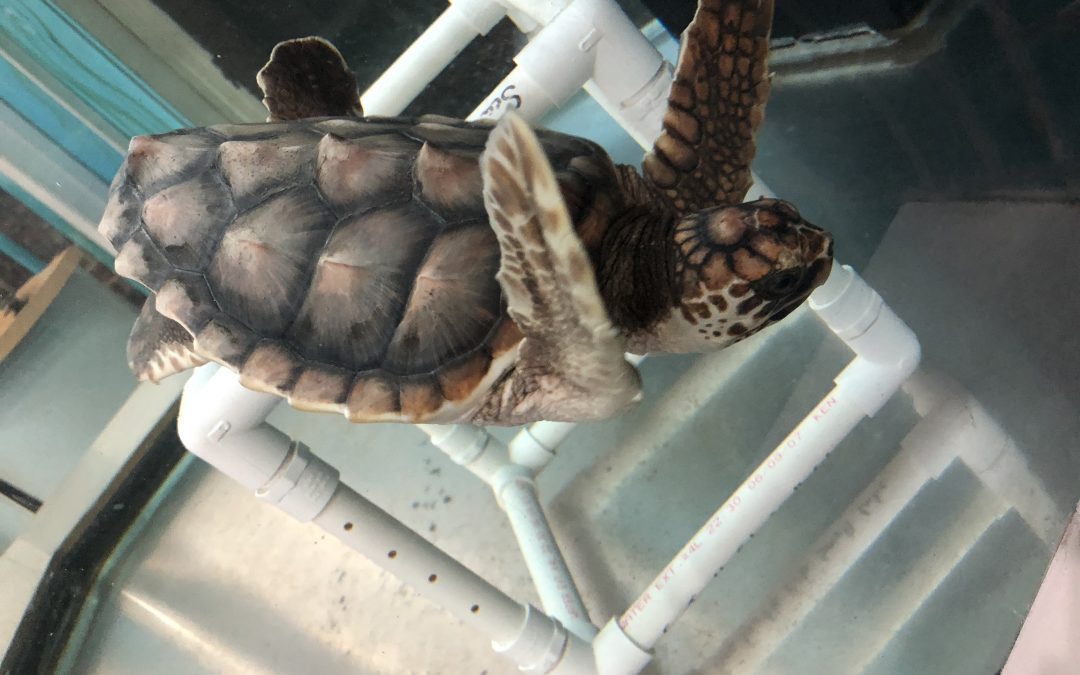
by awesomecoach2 | Jan 4, 2019 | News
Learning about conservation in places other than “home”, allows us to feel connected to the challenges in the world, and consider the challenges in our own community. For us, we love sea turtles, so having the opportunity to skype with Sea Turtle conservation centers has allowed learning about afar to become a part of our classroom.
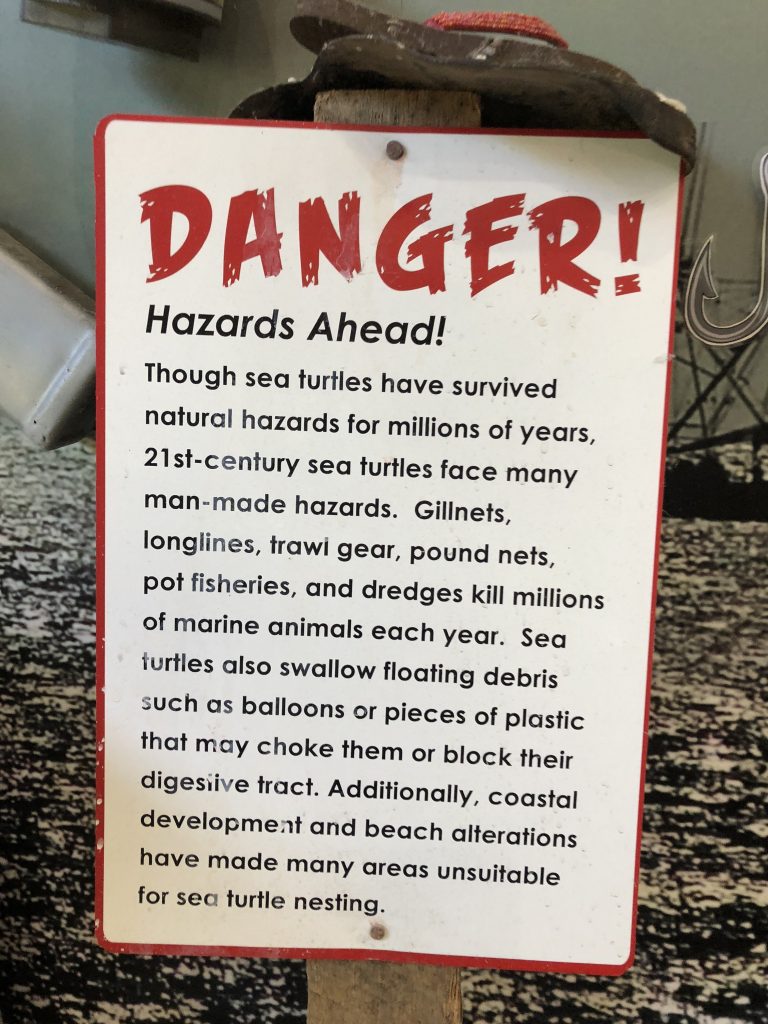
Knowing how what we do EVERYDAY impacts everything else around us, makes us think hard about the choices we make. Here we see how our human behaviors impact nature.
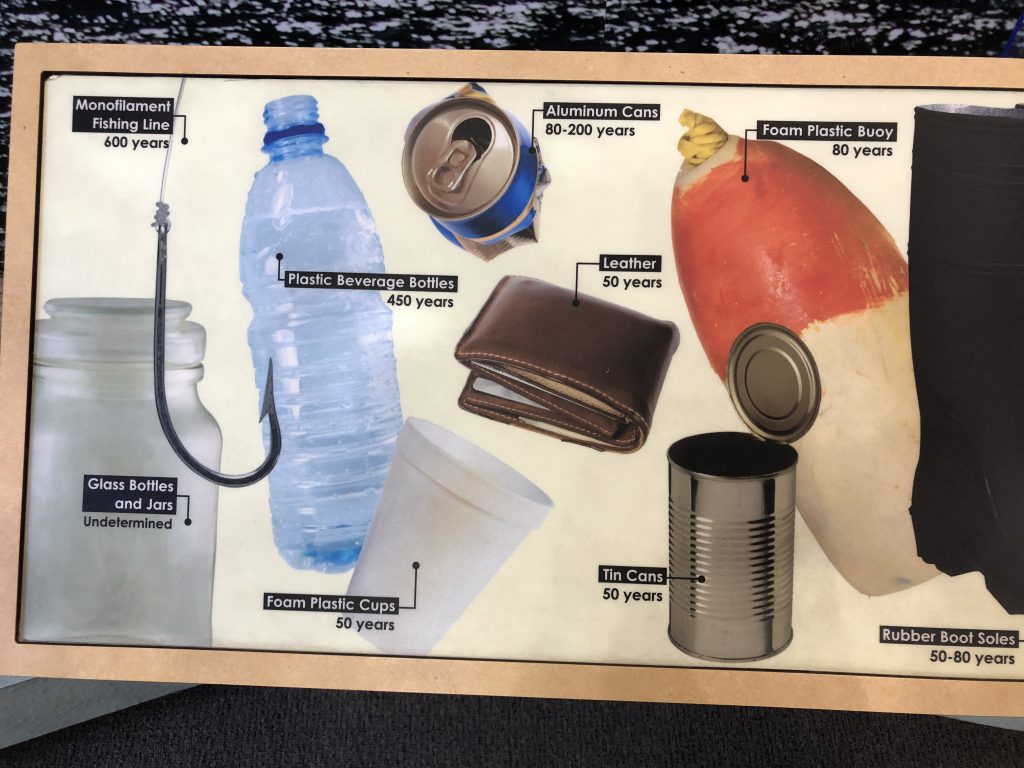
Sea Turtles end up at the conservation center for various reasons, but most of them can be rehabilitated and returned to the wild.
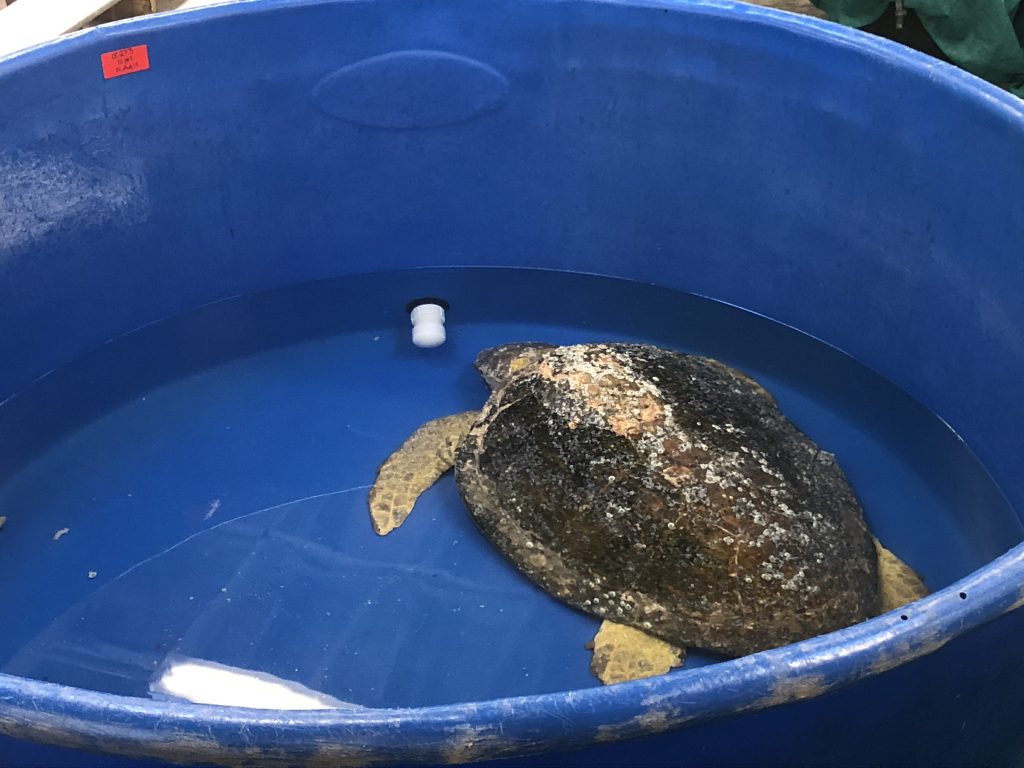
When a sea turtle gets caught up in a boat motor, the shell can have breakage. Doctors make a paste and perform a procedure that allows the shell to be “glued” back together again. Here we see one as it is healing. This TORTOISE (land turtle) is healing quite nicely.
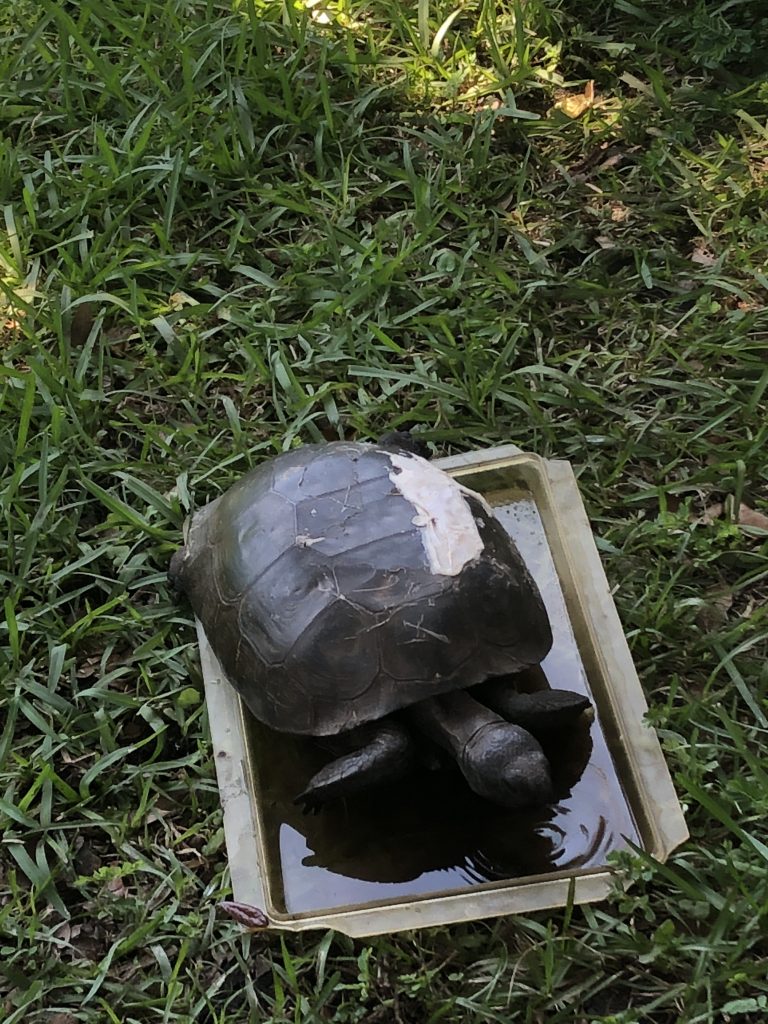
So, what DOES cause issues for wildlife at Jeckyl Island? Check out about Marine Pollution:
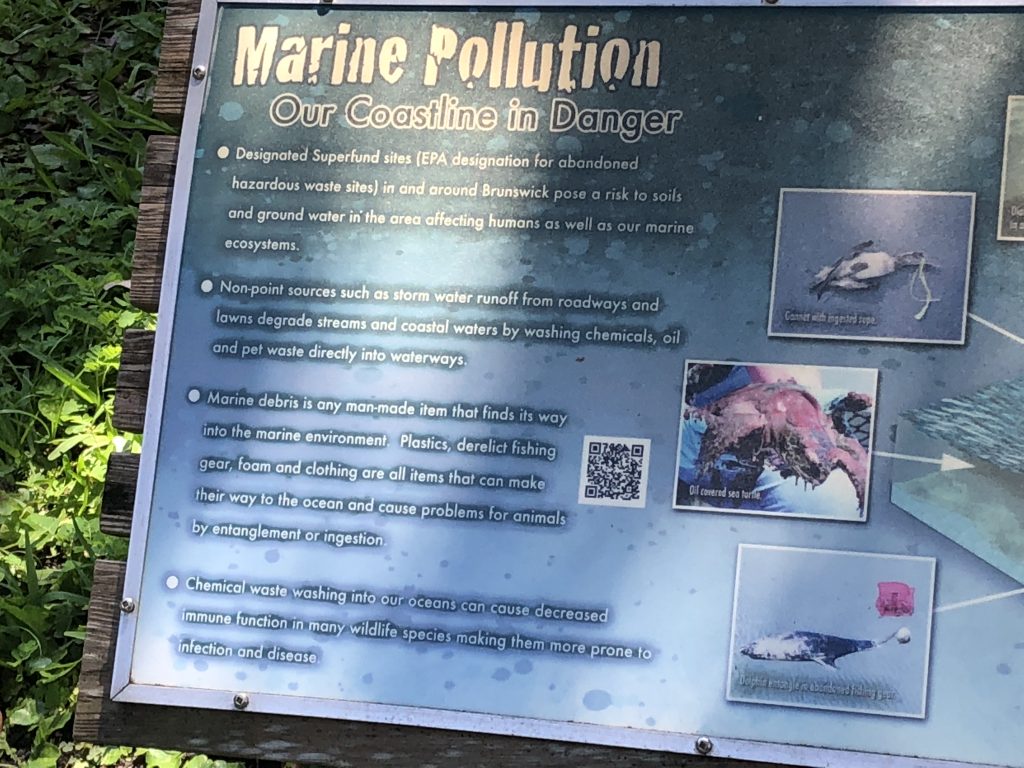
Our Director, Ms. Carton, got a chance to attend conservation centers several live and share back with us, or connect live during the adventure. Here is a rescue operation she took us on:
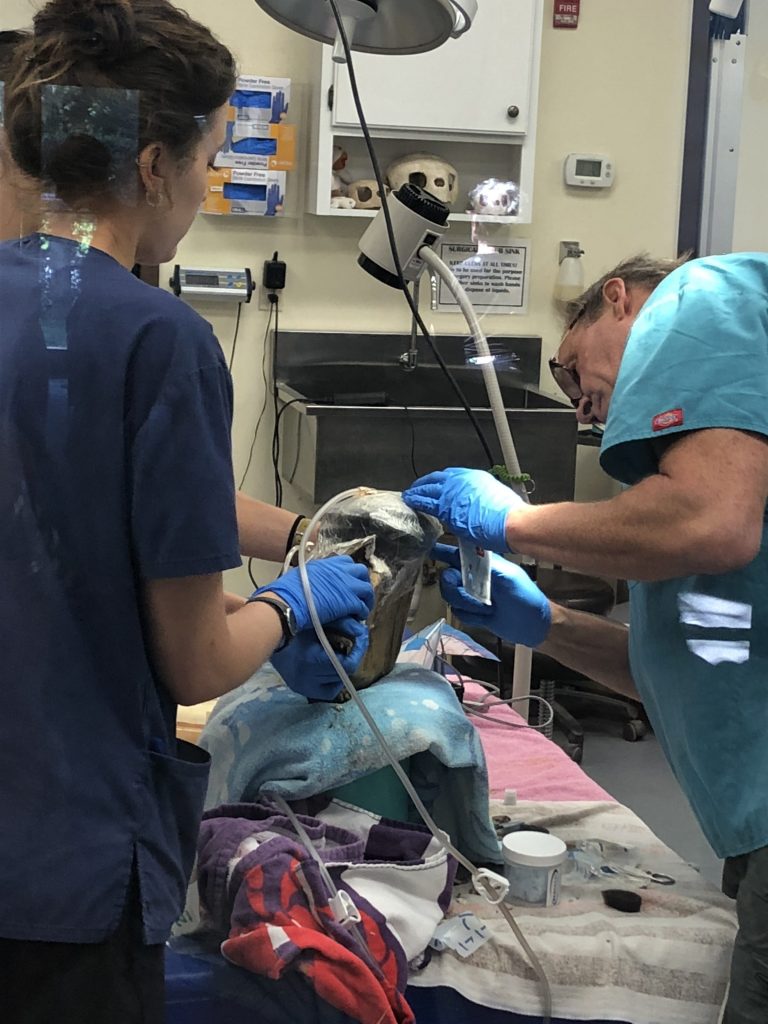
Because only 1 in 1,000 babies make it to adulthood, it’s hard to be a baby turtle, but rescue operations, like this one for baby Terrapins, allow for a much larger survival rate.
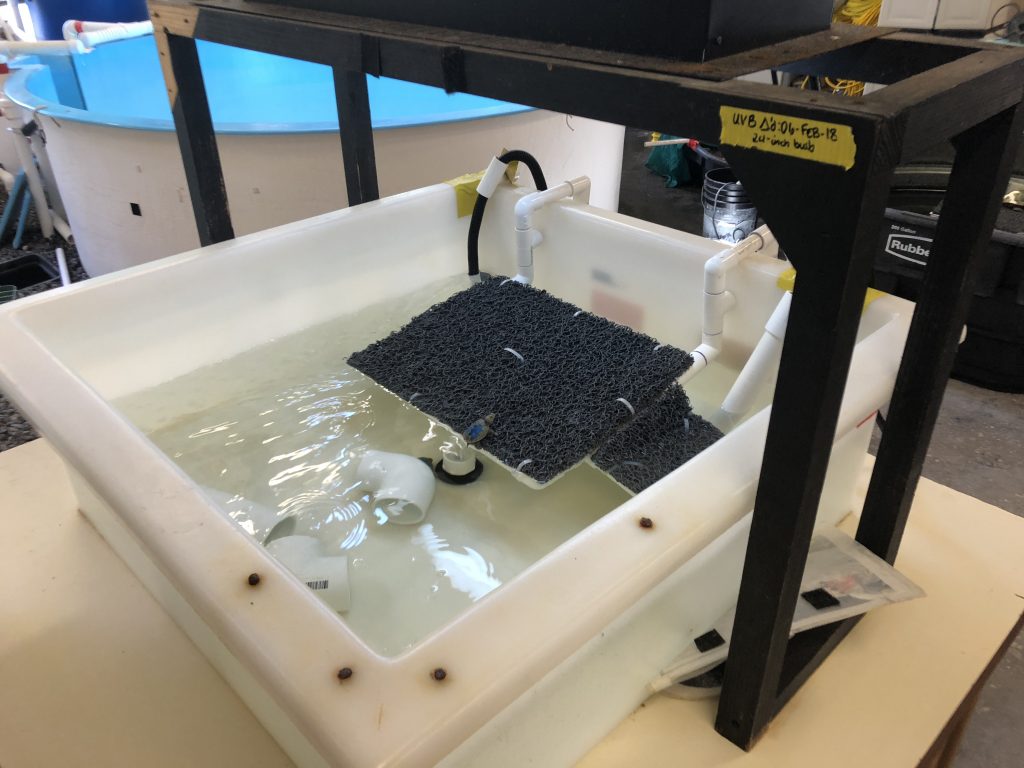
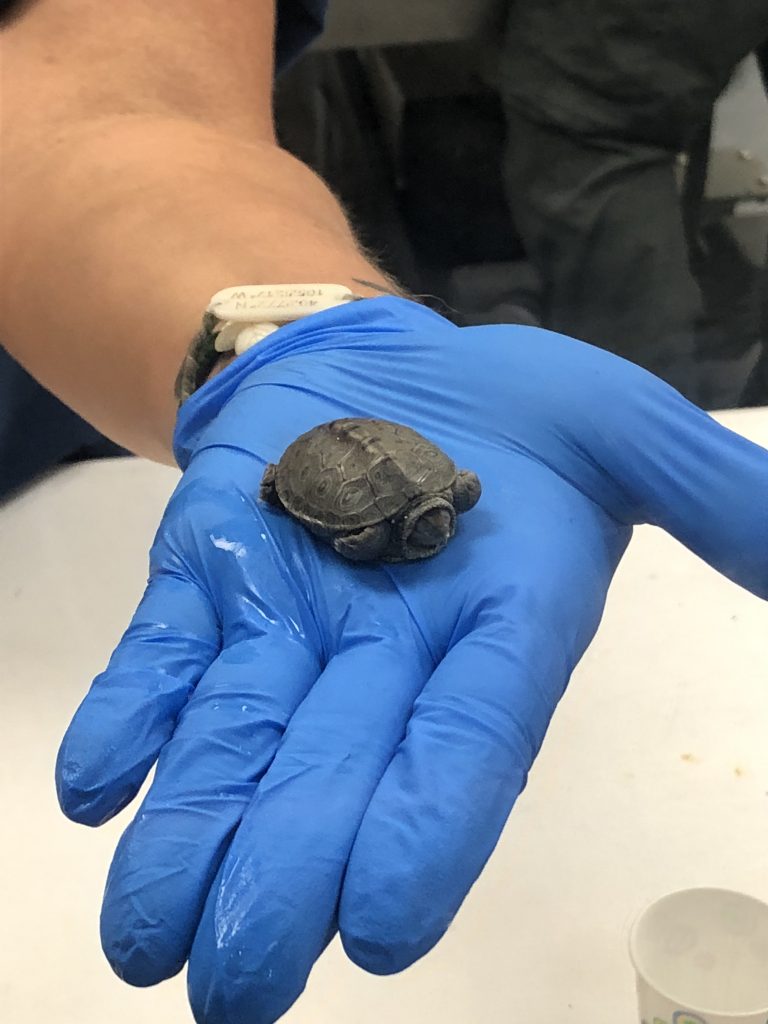
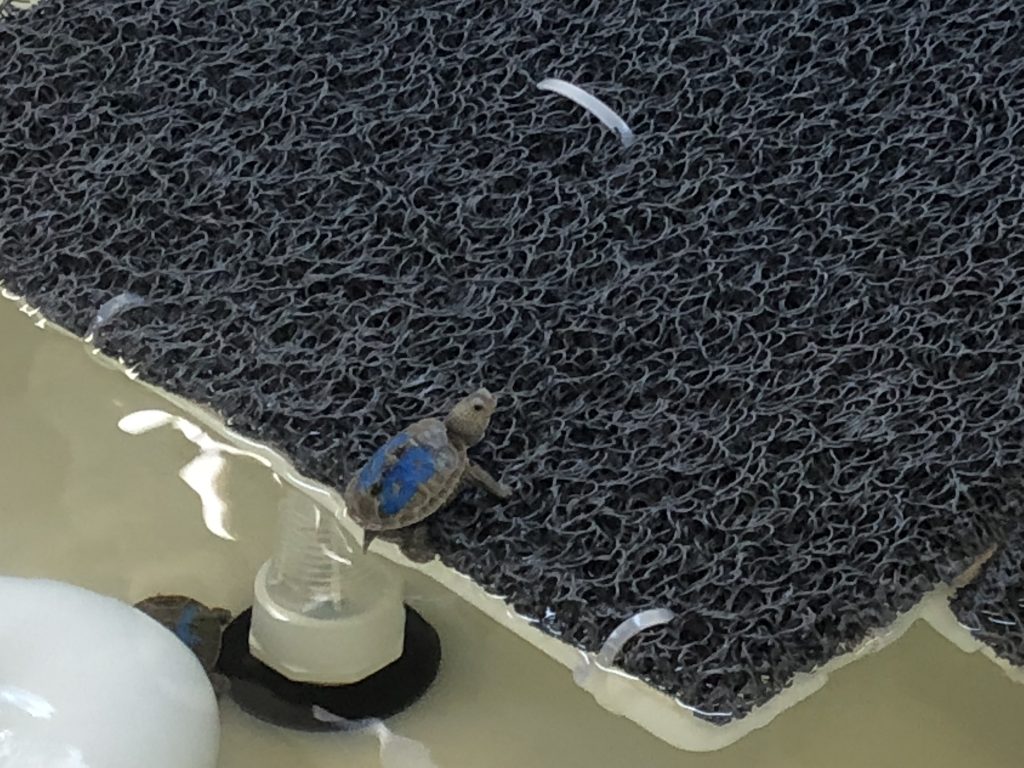
Embrace every learning opportunity to know more about the world around you, as this will help you appreciate and understand all the creatures and people that live within.































Recent Comments